

Knowledge of the game mechanics and knowledge of the different units at your disposal are the bare minimum of winning a round in any game. With all the information you have gathered you must now design a strategy. Depending on the Game Mode you might have to adjust yourself to a specific task, but a lot of the time the principle rules do not change. In this part of the Men of War Guide we will examine what I refer to as the “Basic Deployment”.
To check the other parts of this Guide click here.
There are a number of game modes in Men of War: Battle Zones, Frontline, Valuable Cargo, Combat and Victory Flag.
Battle Zone plays off on mildly big battlefields, with a number of flags that can ba captured. The side with more flags starts earning points. Depending on the number of players there will be a certain number of flags that can be captured. The map is usually divided into “zones”. During a 3 vs 3 game there will be five flags, one in the centre of the map and two on each side. Due to the way the flags are laid out, and the player starting positions, each player will usually focus either on a flank or centre. During bigger games this is much more complex, yet still similar.
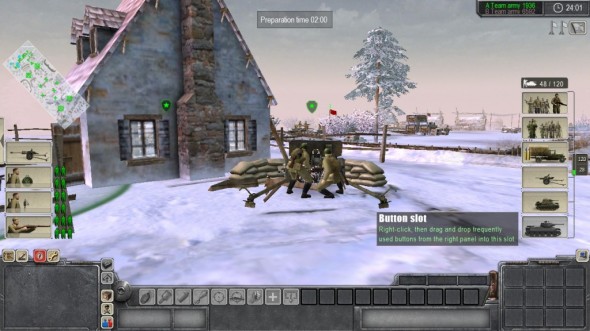
During Frontline mode both you and the attacker have a few minutes to prepare.
Frontline consists of two rounds. One side acts as the Defender first, the other is attacking. The attackers have a wide variety of assault troops and heavier tanks at their disposal. The defenders have usually a single tank to choose from, but plenty of different guns, mines and fortifications to deploy (barbed wire and tank traps). The defenders increase their score by destroying the attacking force, and holding as much of the front as possible. The attackers increase their score by destroying the defenders. The defenders have a limited number of points they can spend on recruiting units, but they can earn more by destroying the enemy. The attackers get recruitment point on a regular basis in 3-5 minute intervals. The front is divided into two sections. With three smaller areas and then a much bigger one (in each section), which acts as the final area of the first section of the front. Once the first section of the front is lost the defenders get a supply boost, and the defense proceeds to the second half of the map. Once the time runs out, or the attackers conquer the map, the sides switch. As such the Frontline game mode allows each side to defend and attack each other. The side with the higher total score wins.
Valuable Cargo is a very specific game mode. A cargo spawns somewhere on the map. Each team has their own special truck to take the cargo and quickly drive it back to their base. The trucks and cargo can be destroyed, in which case a new truck and cargo will spawn. Each time the truck is destroyed a random player from the team will get the new one. The side which has the most points or meets the objective, wins.
Combat is in essence Team Deathmatch. The aim is simply to destroy more of the enemy, than they can destroy of your own force. The more expensive the destroyed unit the more points your side gets. The side with more points or which meets the objective wins.
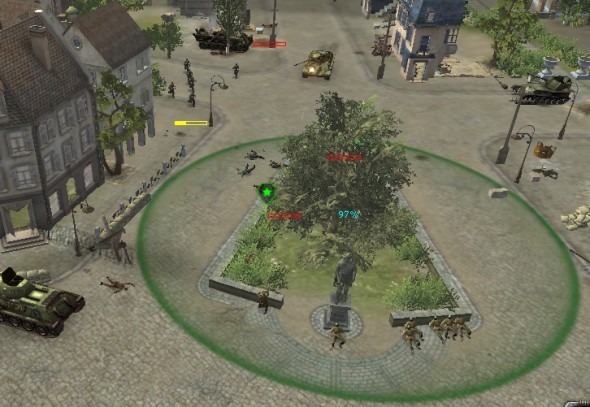
Soviet Riflemen holding onto the Victory Flag, while the Germans make a last desperate attempt at taking it back.
Victory Flag feels a lot like King of the Hill. There is a single flag in the centre of the map. The side which has more points or captures the “Hill” wins. The flag is captured very slowly, and if none of your troops are present the capture will quickly expire.
During each game mode there can be specific rules, such as no artillery or tanks only. These limit your choice of units, and for example in Combat mode with Tanks Only you cannot recruit more crew members. If you lose a tank you have to save the tank-less crew for a vehicle they could take over or as reinforcements for a damaged tank.
On average, when you start a Battle Zone, King of the Hill, Combat, Valuable Cargo or Victory Flag game mode you will need to balance out your force. The reason is simple, if you focus purely on infantry a single armored car could kill off your men. You have a substantial lack of long-range anti-tank weapons, and your riflemen or SMG gunners will have only a limited number of grenades. You can take on the field in a number of possible sets, depending on whether you want to quickly advance or reinforce your immediate area. A lot also depends on the size of the map you are playing on.
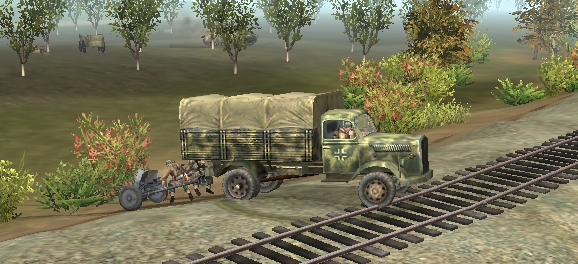
Trucks might lack weapons and protection, but they can transport men and equipment around a map quickly.
If your map is exceedingly huge you will need a truck or halftrack. Although transport vehicles are very limited in their fighting abilities they can quickly transport squads and anti-tank guns to an area, saving you a lot of time. Having a Light or Medium tank at a start provides you with a number of strengths. First of all, a basic Medium tank (like the Soviet T-34 or Panzer III) has enough protection and decent enough firepower to protect your infantry from most early threats. They can safely dispatch HMG emplacements with HE shells while also taking out any Armored cars or light tanks with AP shells. Their hull mounted machine guns will also provide protection from infantry. Using an early Anti-Tank gun provides you with a more powerful weapon against enemy light and medium tanks. The problem is that once they fire the enemy will know exactly where they are positioned.
During the first few minutes of any round you want to gain the advantage. Take over a position which gives you not only perfect protection, but also a wide view of the enemy. If you wait to deploy a stronger force at the beginning you could find the enemy dug in already. As such, a squad with a tank or a squad with a truck and anti-tank gun will give you an edge on the defense and/or attack. You need to keep in mind the importance of having both an anti-tank and anti-infantry defense. If you have only infantry, Armored Cars could kill them off with little trouble. If you rely purely on tanks, hidden infantry could take them out with a few grenades. Later on as the situation evolves, with more powerful units being deployed, the importance of an all around defense will be crucial for success. A King Tiger might be a mobile fortress, but it takes a single molotov to put it out of action.
Knowing a bit about each of the Game Modes helps you in deciding how to prepare your force. It will not always be the case of tanks being the best choice, or infantry blobs mobbing the enemy. Once you know what to do, the next few decisions have to be focused on sending your troops quickly to the front. If you act in a sluggish manner you could end up on the defense before the game even started. Stunning your enemy with a force already at his doorstep forces him to protect his position. Even if you do get beaten back you have the advantage of space. It will take time for the enemy to organise an advance. By that time, you could be on the attack again.
Do not give your opponent breathing space. If you are a defender and you manage to stop an attack you have to be able to advance soon after. Remaining on the defense is rarely a good idea, because you will keep on losing ground and/or forces. As the old maxim goes, “Attack is the best form of defense.”

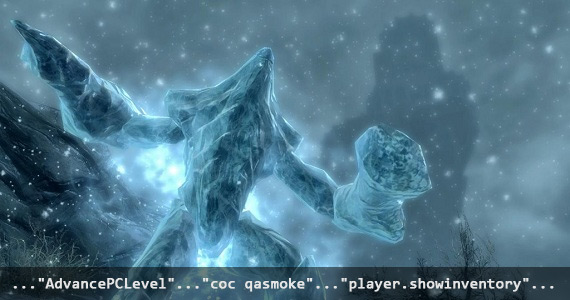

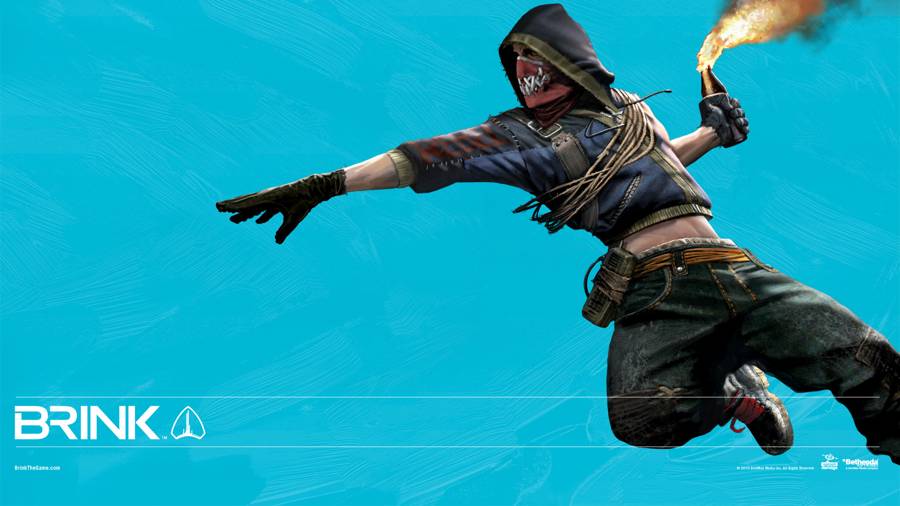
 9 things to do when you get your Xbox One
9 things to do when you get your Xbox One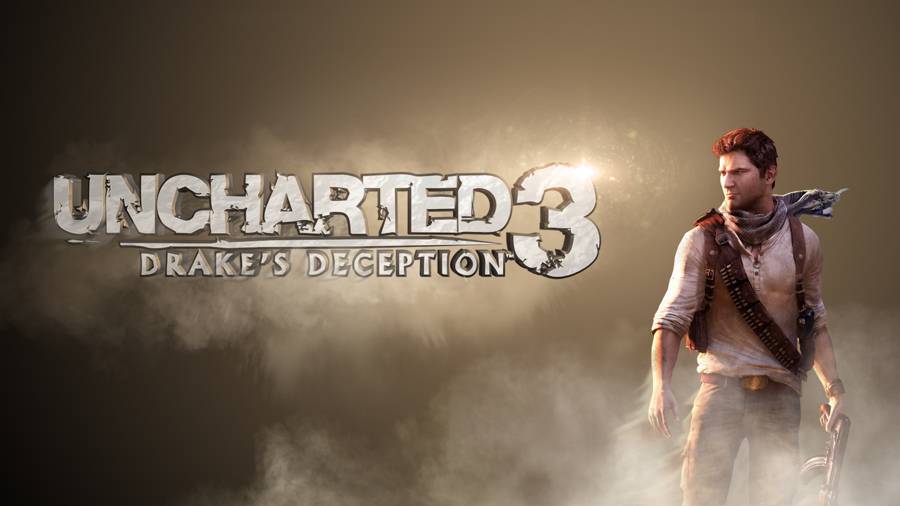 Uncharted 3 Family Tomb Puzzle
Uncharted 3 Family Tomb Puzzle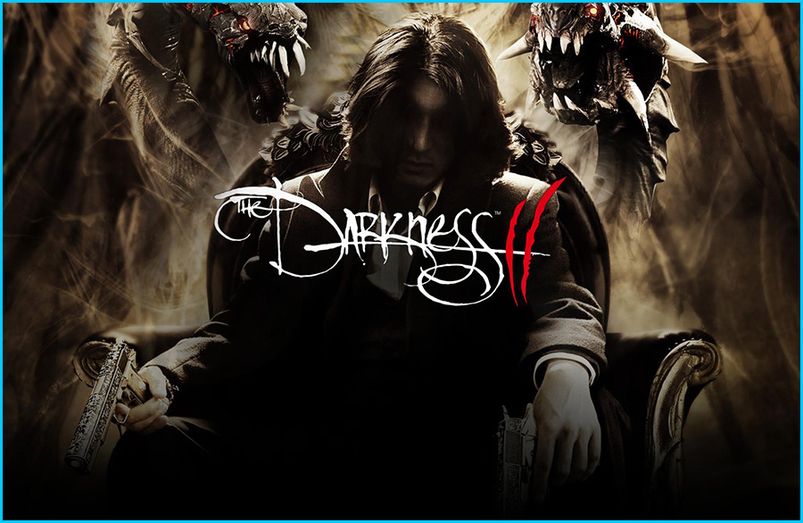 The Darkness 2 Swifty Boss Guide
The Darkness 2 Swifty Boss Guide Fire Emblem: Awakening Guide - Chapter 2: Shepherds Guide - GamersHeroes
Fire Emblem: Awakening Guide - Chapter 2: Shepherds Guide - GamersHeroes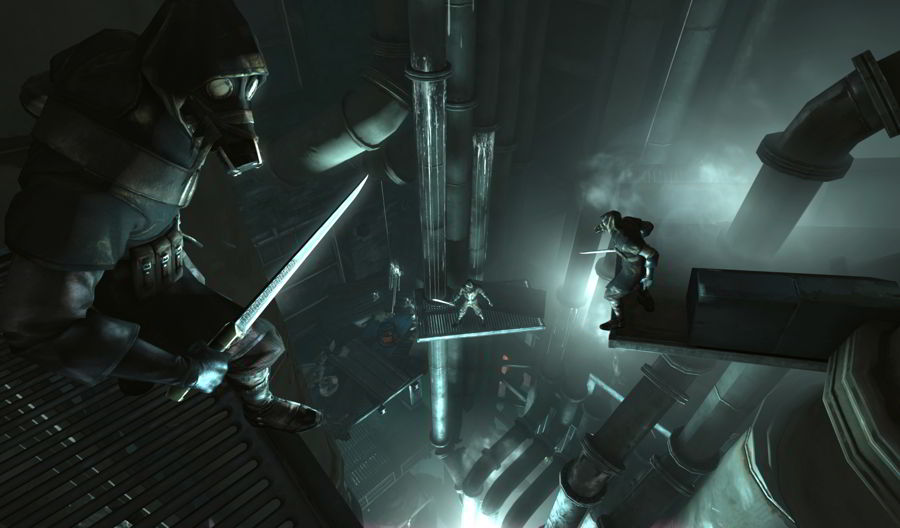 Dishonored Guide: Stealth Guide For Distillery District
Dishonored Guide: Stealth Guide For Distillery District